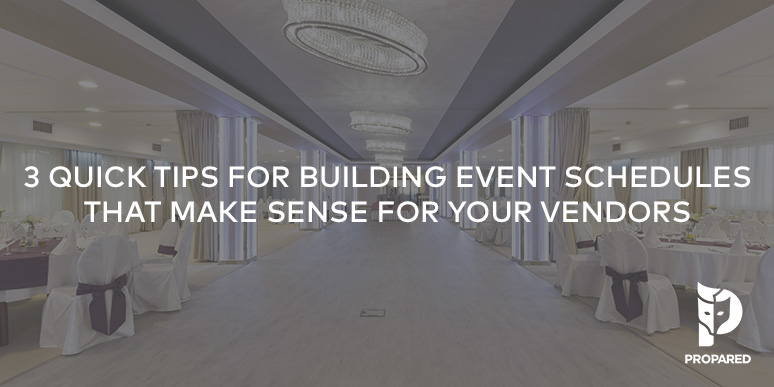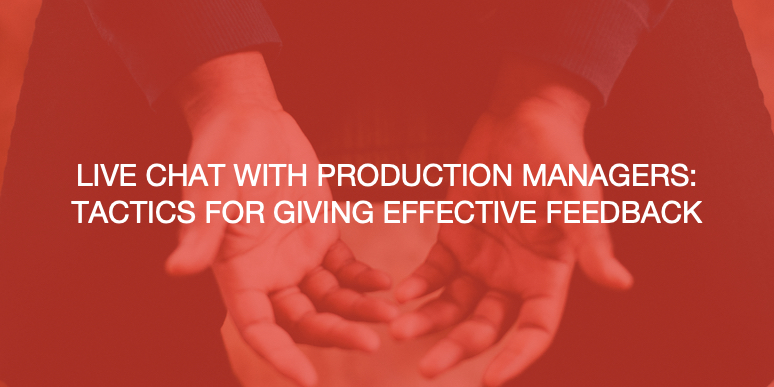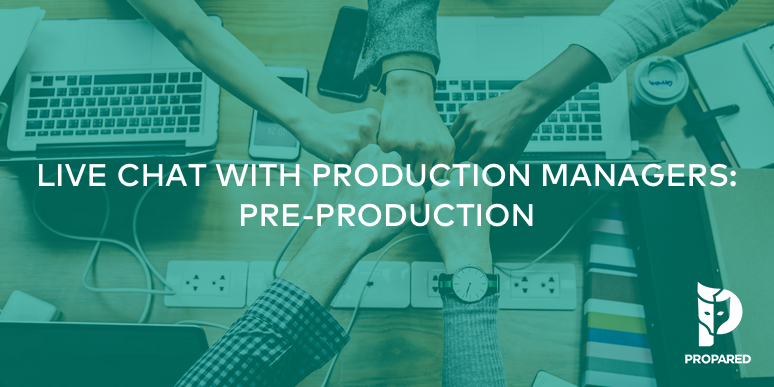
Stop me if this sounds familiar. You’ve just sent out the latest production schedule for an upcoming event. Shortly after, you get a call from a slightly harried vendor.
“So, I just got your email and…what am I looking at? I’m not sure what applies to my crew. Can you just tell me where and when we need to be on site?”
This happens all the time in events. Coordinating so many intricate details is complicated, especially with multiple stakeholders. You’ve got your team, the client, vendors, the venue, freelancers, and/or volunteers. But each group, even each person may only be responsible for a few tasks.
When time is short, you need to get the right information to the right people at the right time. This means trim a lot of the fat and get much more specific. These quick tips can make communication more effective and avoid calls like the one above.
Tip #1 – Don’t Put in Everything
Want to avoid annoyed vendors? Start here. Put yourself in his or her shoes. Say you’re supposed to be on site to set up audio equipment. But when you get an email from the event planner, attached is a 50-page PDF schedule. Every call, break, meeting, load in, and build for the entire event. Oh, and the event is a week long. Cue blood pressure rising.
I’ve been on the receiving end of too many of these information dumps. When they happen, I spend more time trying to parse the schedule and figure out where I fit than I actually do on my job. And I’m not even addressing the 14 times the schedule was updated, reformatted, restructured, and otherwise blown apart.
Break your schedules down by purpose. The easiest way to do this is by thinking critically about who is responsible for each task. Once you’ve sorted this, you can begin grouping tasks by the department each person is assigned to.
At my production company, Tinc, we revolutionized our event scheduling when we began sending out daily call sheets. It allowed our teams to focus just on the immediate tasks at hand. The 50-pager? We still have it and use it. We just keep it to ourselves. Really, it’s only a handful (or less) of senior event managers who need to know every detail. By assigning each task to a person (and by extension, that person’s department), we could slice and dice our schedules any way we wanted.
The downside, as you can probably expect, was that we started spending a lot more time in pre-production setting up our scheduling and communication systems. When we had to update (which every event planner does), it created more work to update these multiple schedules. Thankfully, there are systems that specialize in automating your event scheduling and task management (in fact, the scenario I just described was part of what led to the development of Propared in the first place.)
With this simple shift, we eliminated our double-bookings, improved our accuracy in material orders, and observed significant declines in missed calls and late arrivals. All of which translated to bottom-line savings for us and for our clients.
Tip #2 – But Don’t Skimp on the Details
The first time we started doing this was a bit rocky. We had our schedules broken down by department and were getting ready to to send stuff out when one of my fellow managers spotted a flaw in our master plan:
“Does {the caterer} know the address of venue?”
Face meet palm. My management team had been so immersed in the event for the past month – in production meetings, approving designs, working with the client, and yes, travelling to and from the venue – that we had stopped adding the address to our communications. I mean, we knew it by heart so why waste time typing it out?
Your vendors and suppliers haven’t been in those meetings. Some of them may be going to the venue for the first time on event day! And even if they know where it is, they’ve probably got other projects of their own to execute. It’s your job to provide them with all the details relevant to the job you’ve hired them to do. Here are some examples:
-
Venue address, and if different, the address of the loading dock
-
Information about necessary credentials (i.e. identification, licenses, etc.)
-
Parking
-
Indoor/outdoor event
-
On-site contact (name, phone #, and email)
All of these details should be right in the schedule. Don’t send a separate email where they could get lost in the rest of the clutter.
If you’re applying both of these tips, you’ll notice how they complement one another. The more targeted your schedules, the more specific you can be in your notes.
Tip #3 – Be Flexible
Every company has their own internal processes. At Tinc, we spend several weeks onboarding new employees. And if you haven’t already guessed, months and years developing and tweaking our systems. It’s safe to assume other companies operate in the same way.
All that goes out the window when we start crossing wires. In events, there never seems to be enough time to establish good communication systems with third parties. Under pressure, the tendency is to just shove documents and correspondence at each other in a way that works for each side. Does it work for the other party? Doesn’t matter!
Except actually, it does. A lot. If you insist on communicating with your vendors in ways that don’t work for them, you’ll be right back where you started; trying to recover from errors that could have been prevented.
Try to be as accommodating as possible. Does a client prefer email? Great. Does the A/V company use Google calendar? Terrific. I’ve found that being flexible helps maintain good working relationships, ultimately helping me grow my company. Over time, you can adapt your internal processes and find the right event management tools to fit.
I hope my experiences help you become a better event manager. Taken together, these planning and communication adjustments have helped us save massive amounts of time and money, while delivering more exceptional experiences for our clients.



